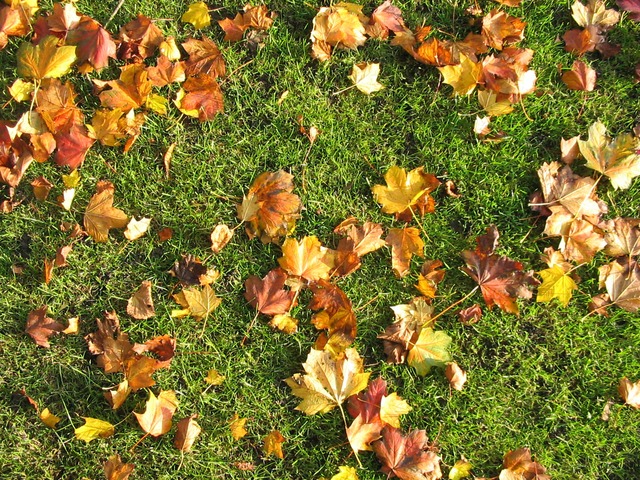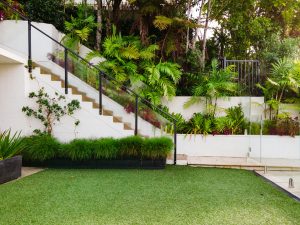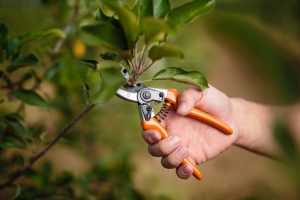Maintaining your lawn can be a hectic and tedious task if the basics are not focused upon rightly. The ground major needs of a lawn like water, nutrients, and air make up a healthy green lushing lawn.
But how to check the importance and precise quantity a lawn owner should provide his lawn with a good shape and outfit. Well, here’s a simple guide to provide you with a basic check line if you are not sure about doing it right up till now.
WATERING
Watering is the most important and crucial step in keeping the lawn healthy and fresh as it can make or break the lawn.
Watering the lawn deeply and infrequently is never a key to keeping the lawn healthy as excess and daily water can keep the roots of the grass wet most of the time causing root rotting and fungus in the lawn which can create patches on the surface.
If you have started lawning recently, then water the lawn two times a week with one inch of water. If the lawn is already established over a period of enough time and has moderate grass then water it one time a week with 1 or 1 1/2 inches of water. This will make the roots grow deeper and spread in the soil to search for water and make your lawn ready for drought or such situations.
The method of watering your lawn is also important as you don’t want to dump water in a single place and pool it there. Water lightly over the lawn all over uniformly with the help of a sprinkler system or use a pressurized hose.
Fertilization
After watering, the next important step to grow and maintain the lawn green and growing is fertilization. Fertilization helps the grass to get all the necessary food and nutrients from the soil.
The three main components a lawn needs are Nitrogen, Phosphorus, and Potassium.
- Nitrogen provides the grass with all the food it needs to grow by helping in the process of photosynthesis.
- Phosphorus makes the lawn drought and heat resistant and makes the lawn healthy in various aspects.
- Potassium helps the grass to properly absorb food from the soil and boost the process of growth.
Fertilize the lawn every 3 months with a slow-release fertilizer. The early spring is the best time to fertilize the lawn, so start the fertilization cycle from early spring and then keep fertilizing the lawn at the interval of every 3 months.
To fertilize the lawn, read the label of the fertilizer and use the recommended ratio as using excess fertilizer can burn the grass and make your lawn worse.
Aeration
Aeration is a process of making the compacted soil loose and porous to absorb the water and nutrients very easily and help the grass to develop and initiate roots very easily in the soil.
Compacted soil can block and clog water from getting deep into the soil and it is very hard for the lawn to dry causing fungus. It will also prevent the roots from growing into the soil making the grass very weak and prone to diseases and infections. It can easily dry during drought and summer heat duration.
To aerate the lawn you can either use an aerator or use a fork aerate. Using an aerator can make the aeration process very easy and feasible. It pulls up little pieces of the soil from the lawn making ways for the rest of the soil to expand and loose.
Using a fork to aerate the lawn is hectic and time-consuming. You need to dig the fork into the soil over the whole ground to make way for the water and nutrients to go in.
Do aeration in your lawn when you observe the water not getting absorbed quickly in the lawn or the soil is very hard when to tap it as it is not necessary to do aeration in your lawn if the soil is not compacted.
Mowing
After watering and fertilization, mowing is what you need to do to keep the lawn in a hygienic and attractive shape and clean as tall grass can make the lawn unhealthy and prone to diseases.
Large and stout grass also blocks the required quantity of sunlight to reach into the deep, preventing new grass to grow which can also result in the formation of hidden patches in the lawn.
Mow the lawn regularly every week by cutting not more than 1/3rd of the grass and keeping the grass between 1 to 3 inches long.
Keep the blades sharp every time you mow the lawn as dull blades can cause damage to the grass opening the spot for diseases and fungus ultimately destroying the lawn.
Scarification
Scarification or scarifying the lawn is also a very important step to keep your lawn in good shape. Scarification is the process of removing the thatch layer from the soil.
The thatch layer is created by the accumulation of grass clippings and other stuff like leaves and this layer can be beneficial for the lawn as it can hold moisture and keep the soil cool in the summer. But after some time this layer can become really thick and v
Block the grass to develop roots in the soil and take nutrients and water from it.
Remove this thatch by scarifying the lawn with a scarifying machine and removing this layer from the soil and then cleaning up the lawn.
If you do these 4 things regularly and properly, then you will have a beautiful and green lawn all year long.
To get a detailed guide for maintaining the lawn and how-to, check out this site here.












